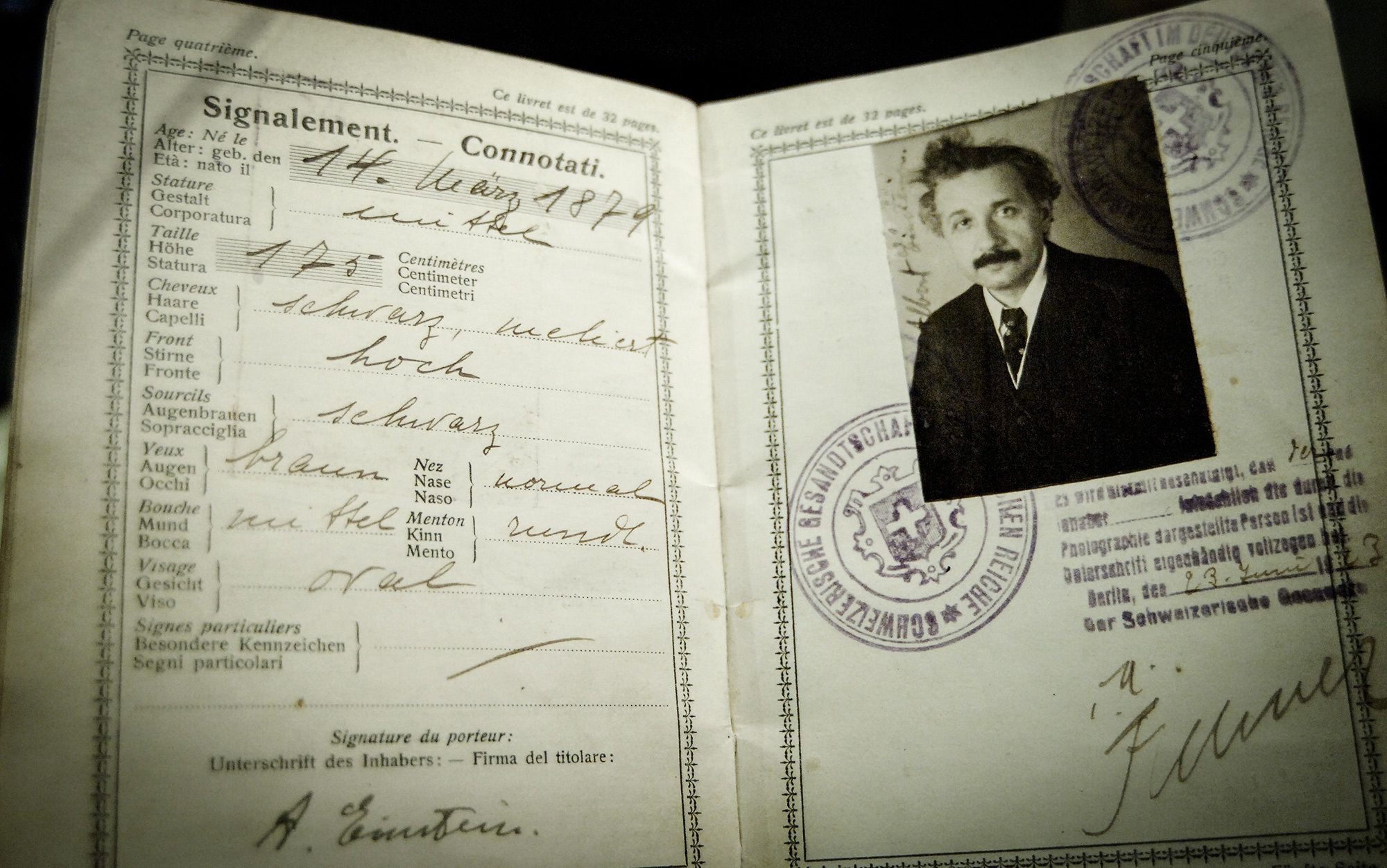We will have so much to say to one another when the coronavirus crisis is over: distillations from solitude, in cases like mine. At seventy-eight, with bad lungs, I’m holed up with my wife at our country place until a vaccine is developed and becomes available. It’s boring. (Remember when we lamented the distracting speed of contemporary life?) On the scale of current human ordeals, as the pandemic destroys lives and livelihoods, mere isolation hardly ranks as a woe. It’s an ambivalent condition that, among other things, affords time to think long thoughts. One of mine turns to the art in the world’s now shuttered museums: inoperative without the physical presence of attentive viewers. Online “virtual tours” add insult to injury, in my view, as strictly spectacular, amorphous disembodiments of aesthetic experience. Inaccessible, the works conjure in the imagination a significance that we have taken for granted. Purely by existing, they stir associations and precipitate meanings that may resonate in this plague time.
Read the rest of this article at: The New Yorker
Solitude has become a topic of fascination in modern Western societies because we believe it is a lost art – often craved, yet so seldom found. It might seem as if we ought to walk away from society completely to find peaceful moments for ourselves. Yet there is a quote I really like from the book Solitude: In Pursuit of a Singular Life in a Crowded World (2017) by the Canadian journalist Michael Harris:
I don’t want to run away from the world – I want to rediscover myself within it. I want to know what happens if we again take doses of solitude from inside our crowded days, along our crowded streets.
Steadily, slowly, research interest in solitude has been increasing. Note, solitude – time alone – is not synonymous with loneliness, which is a subjective sense of unwanted social isolation that’s known to be harmful to mental and physical health. In contrast, in recent years, many observational studies have documented a correlation between greater wellbeing and a healthy motivation for solitude – that is, seeing solitude as something enjoyable and valuable. But, by itself, this doesn’t prove that seeking solitude is beneficial. In science, to make such a causal statement, we’d need to isolate ‘solitude’ as the only variable, while holding other alternative explanations constant. That’s a difficult challenge. In daily life, we spend time alone while also doing other things, such as working, grocery shopping, commuting, taking a walk, learning a hobby or reading a book. Arguably, with so many variations in the ways that people spend time alone, it is difficult to make a definitive statement that it is solitude per se that enhances our wellbeing.
Read the rest of this article at: aeon
Listening to new music is hard. Not hard compared to going to space or war, but hard compared to listening to music we already know. I assume most Americans—especially those who have settled into the groove of life after 30—simply don’t listen to new music because it’s easy to forgo the act of discovery when work, rent, children, and broadly speaking “life” comes into play. Eventually, we bow our heads and cross a threshold where most music becomes something to remember rather than something to experience. And now, on top of everything else, here we all are, crawling through this tar pit of panic and dread, trying to heft some new music through historic gravity into our lives. It feels like lifting a couch.
Why do we even listen to new music anymore? Most people have all the songs they could ever need by the time they turn 30. Spotify, Apple Music, and YouTube can whisk us back to the gates and gables of our youth when life was simpler. Why leap off a cliff hoping you’ll be rescued by your new favorite album on the way down when you can lay supine on the terra firma of your “Summer Rewind” playlist? Not just in times of great stress, but for all times, I genuinely ask: Why spend time on something you might not like?
It was a question that Coco Chanel, Marcel Duchamp, and the rest of the Parisian audience might have asked at the 1913 premiere of Igor Stravinsky’s The Rite of Spring, an orchestral ballet inspired by the Russian composer’s dream about a young girl dancing herself to death. On a muggy night at the end of May, inside a newly constructed theater along the Seine, those who chose to bear witness to something new experienced a piece of music that would presage a new world of art.
Stravinsky, having already thrilled Paris with his ferociously complex Firebird ballet three years earlier, was the bright young thing of symphonic music in Paris, and The Rite was to be something essentially unheard of. Drawing from the Slavic and Lithuanian folk music of his homeland and his viscerally atavistic brain, Stravinsky blackened his score with rhythmic and harmonic tension, stretching phrases to their outer limits and never bothering to resolve them. The harmonies were difficult to name and his rhythms impossible to follow. Leonard Bernstein later described The Rite as “the best dissonances anyone ever thought up, and the best asymmetries and polytonalities and polyrhythms and whatever else you care to name.”
After months of grueling rehearsals, the lights finally drew down at the Théâtre des Champs-Élysées that evening. The Rite began with a solo bassoon squeezing out a riff so high in its register that it sounded uncannily like a broken English horn. This alien sound was—apparently and unintentionally—so strange that chuckles erupted from the bourgeoisie in the mezzanine boxes and rippled through the crowd below. The dissonant opening gave way to the martial assault of the second movement, “The Augers of Spring,” and the dancers—choreographed by the legendary Vaslav Nijinsky of the Ballets Russes—bounded on stage, moving squeamishly and at jagged angles. As recounted in the daily newspaper Le Figaro and in various books and memoirs since, the chuckles turned into jeers, then shouting, and soon the audience was whipped into such a frenzy that their cries drowned out the orchestra.
Read the rest of this article at: Pitchfork
Germanness and Jewishness have each been impossible for centuries of European history. In a time when political legitimacy meant a nation-state, the Germans were long too big to be contained within a single one, and the Jews long too despised and dispersed to have their own. In the mid-20th century, the murderous atrocities of National Socialism would lock Germanness and Jewishness in seemingly mortal opposition. But before the rise of Nazism and its historic crimes, no inherent conflict stood between Germanness and Jewishness. Ostensibly, bloodline or heritage determined both of these, but in actuality each was an amalgam of confession, language and class, any of which could change over the course of a life.
For centuries in central Europe, being labelled both German and Jewish was commonplace. Often, what individuals meant when identifying themselves as one could reshape how they were understood to relate to the other. Declaring yourself to be German as well as Jewish acquired different valences when your audience primarily understood itself (and you) as one or the other. Identification is part individual volition and part a process of being identified – by states, religious groups and other institutions and communities. An individual’s biography is but one important variable in the equation. Let’s take one example you will certainly recognise.
As quotable as he was photogenic, Albert Einstein can lull us into thinking he was made for the Twitter and Instagram click-a-thon, though it was tabloid vignettes and newsreels that helped to power his rise to global celebrity. Einstein has been massively famous for just over a century, catapulting to worldwide renown in the wake of the 1919 eclipse expedition led by the British astronomers Arthur Stanley Eddington and Frank Watson Dyson to measure how much starlight would bend around the massive body of our Sun while it was conveniently shrouded in an eclipse. Eddington and Dyson declared Einstein’s predictions correct. The newspapers ran with it, and the moustachioed theoretical physicist captivated the public.
It was all a bit inexplicable then, and remains a matter of discussion among historians today. In late November 1919, Einstein had his own take, in The Times in London:
Today I am described in Germany as a ‘German savant’, and in England as a ‘Swiss Jew’. Should it ever be my fate to be represented as a bête noire, I should, on the contrary, become a ‘Swiss Jew’ for the Germans and a ‘German savant’ for the English.
As with much of Einstein’s humour, there is a barb within the bonbon. He understood that the names commonly used to describe one’s ‘identity’ are not entirely under one’s control.
The crux of the issue is the term ‘identity’ itself. It can be tempting to think that identities are immutable and self-evident. Because neither is quite true, the sociologist Rogers Brubaker and the historian Frederick Cooper would prefer we dispensed with the term ‘identity’ altogether in favour of ‘identification’. As they noted in 2000, the longer and somewhat more clinical term
invites us to specify the agents that do the identifying. And it does not presuppose that such identifying (even by powerful agents, such as the state) will necessarily result in the internal sameness, the distinctiveness, the bounded groupness that political entrepreneurs may seek to achieve.
Sometimes, you are the one doing the identifying (of self or other); sometimes, you are being identified. The magic comes in tricking you into thinking that those identifications are your intrinsic identity. Appreciating that power shapes how we think of ourselves and others opens up new perspectives on xenophobic nationalism and antisemitism, and new possibilities for thinking about ourselves and others.
Einstein’s changing identifications illustrate the role of power in identification and the mutability of claims to identity. Throughout his life, he was repeatedly referred to as a ‘German’ and a ‘Jew’, two terms that we have come to interpret, since the mid-20th century, as being at odds. Yet Einstein identified as both, albeit with reservations. He resisted attempts by others (especially state bureaucrats) to prescribe identifications to him, while also mobilising assertions of identification to support pacifism, Zionism and other commitments. It is quite rare for identifications to exist in the singular or to remain fixed over time, and so it proved in Einstein’s case.
Read the rest of this article at: aeon





